Japanese Heritage Recommended Cultural Properties
Hinenosho
Villages Depicted in Tabihikitsuke and two paintings - Landscape of Hinenosho, a manor in medieval Japan –
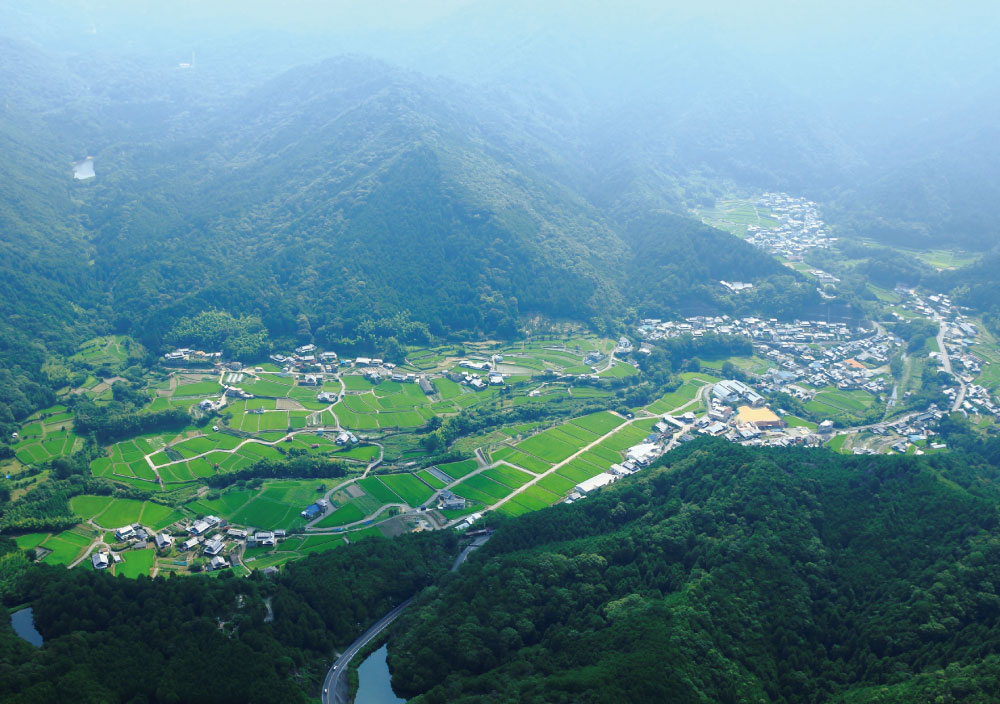
Story
Kansai International Airport in Osaka is the gateway to western Japan, but not many visitors are aware of the history of the area that the airport is located in. About 800 years ago, the area which is now Izumisano City became a vast estate owned by the aristocratic Kujo family. In medieval Japan, noble families like the Kujo family owned territories throughout the country and operated shoen private manors with local peasants working to produce agricultural goods. The Kujo family’s shoen, called Hineno-sho, encompassed almost the entire present-day Izumisano City and operated for nearly three centuries.
A survey of the land that was conducted at the beginning of the 14th century included two paintings of the shoen. These paintings illustrate that there were waterways, irrigation ponds, temples, etc., at the time, which show a striking similarity to the present landscape. In addition, a diary known as Tabihikitsuke written by Kujo Masamoto in the early 16th century recorded how the shoen was managed. Such paintings and documentation help us to understand the history of the area. The Yukawa Waterway constructed in the middle ages is still used today to transport water to the farmlands and continues to support the daily lives of the local people. There are many medieval buildings, ruins, historical place names, and temple festivals which add to the beautiful rural landscape that delights visitors.
See more details
https://japan-heritage.bunka.go.jp/ja/stories/story075/
Recommended Cultural Properties
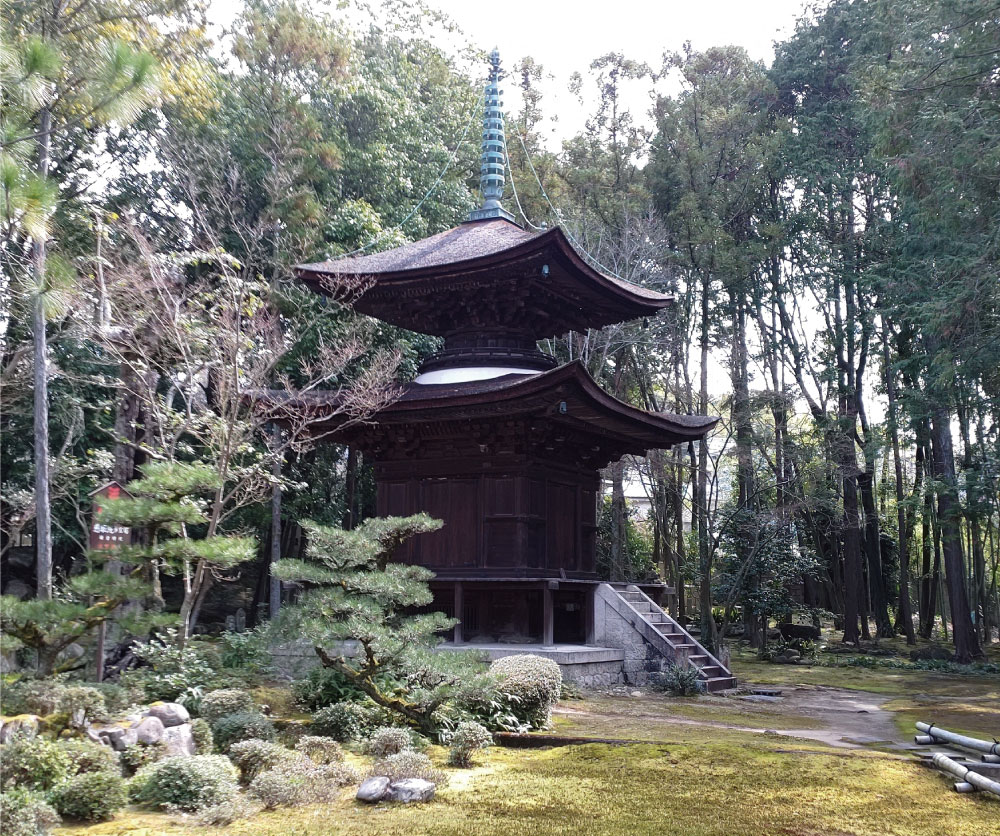
(1) Jigen-in Temple
This is a jingu-ji, both a Buddhist temple and a Shinto shrine, of Hine Shrine, said to have been built as a chokugan-ji temple, a temple built at the order of the emperor, of Emperor Tenmu. Kujo Masamoto, the author of Tabihikitsuke, also resided here for some time. The two-storied pagoda built during the Kamakura period is the only national treasure in Izumisano City, and one of Japan’s three famous pagodas along with those at Ishiyama-dera Temple and Kongo Sanmai-in Temple. The neighboring kondo hall is also a designated national important cultural property.
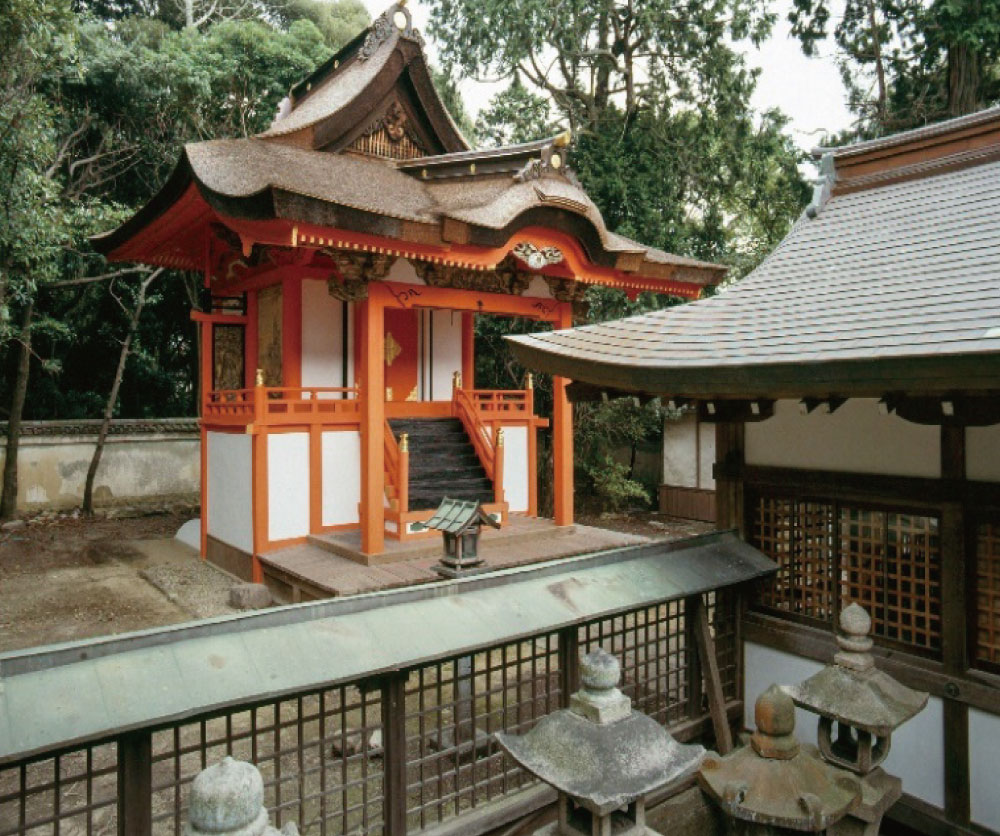
(2) Hine Shrine
One of the Izumigosha shrines, Hine Shrine is the main shrine for Hineno-sho and was long ago called Oisekidaimyoujin. Tabihikitsuke mentions rituals held here and linked-verse poetry gatherings in front of the shrine. The shrine was burned down during the 1576 attack on Kishu, but it was later rebuilt by Toyotomi Hideyori in 1602. The main hall is a designated cultural property of Osaka Prefecture. The unique Pillow Festival is held here in spring.
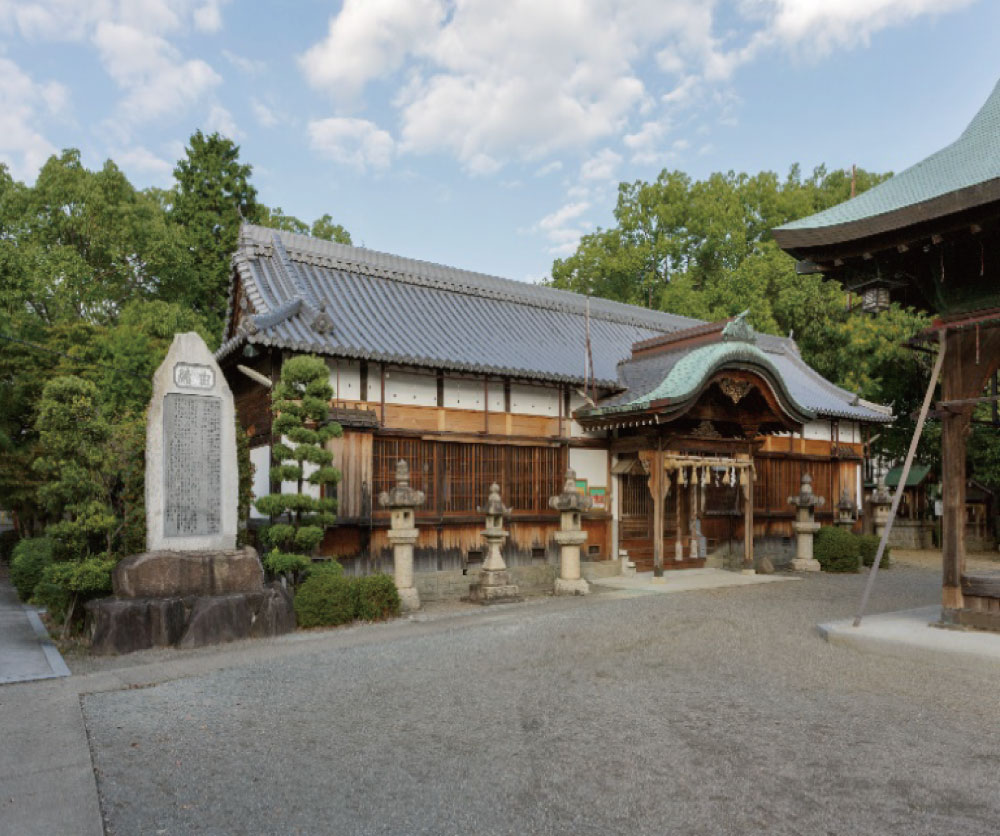
(3) Aritoshi Shrine
Recorded in the Register of Deities of the Engishiki as a shikinaisha, this building is designated as a registered tangible cultural asset. It appears on the two paintings of the shoen as Anatoshisha Shrine. The shrine’s name comes from a legend about a man who threaded cylindrical beads using an ant. And because the legend of Heian-period poet Ki no Tsurayuki was made into a famous Noh play, Noh is still performed here today.
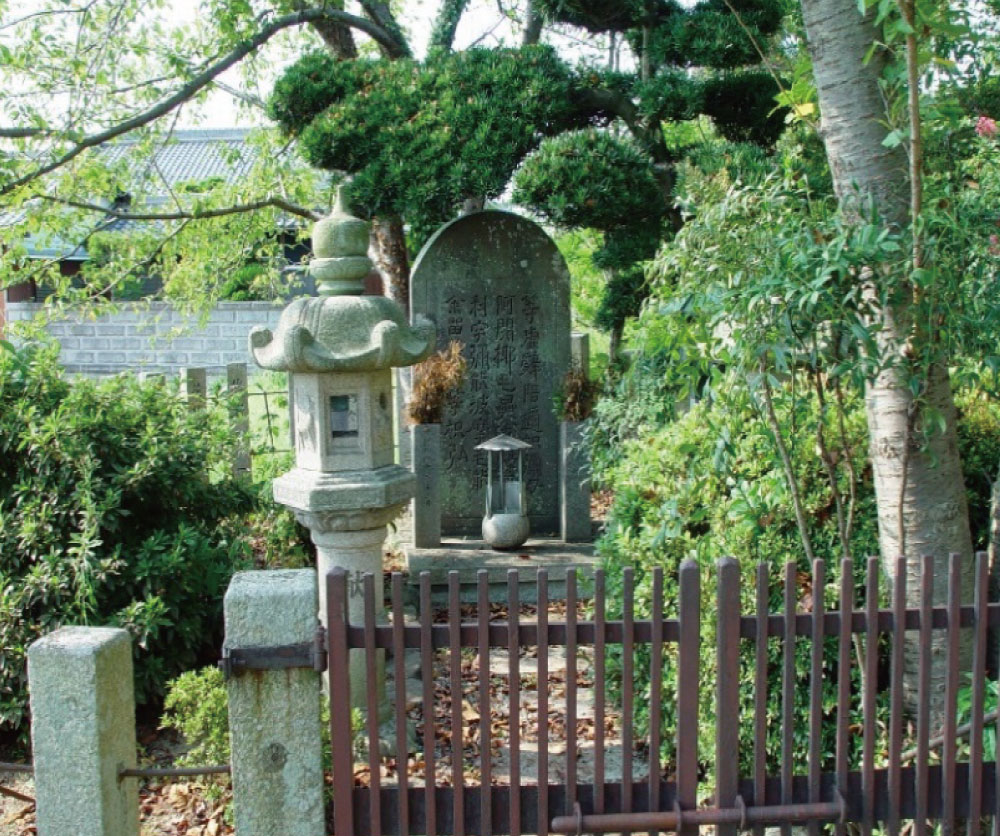
(4) Chinunomiya-ato Temple Ruins
These ruins are said to be associated with Princess Sotoorihime from the Nihon Shoki. Loved by Emperor Ingyou as the world’s greatest beauty, Princess Sotoorihime feared the jealousy of her older sister, the empress, and moved here to Kaminogonaka Village. Princess Sotoorihime was also known as the deity of waka poetry, and the poetry monument here was built by the Kishiwada Domain during the Edo period.




